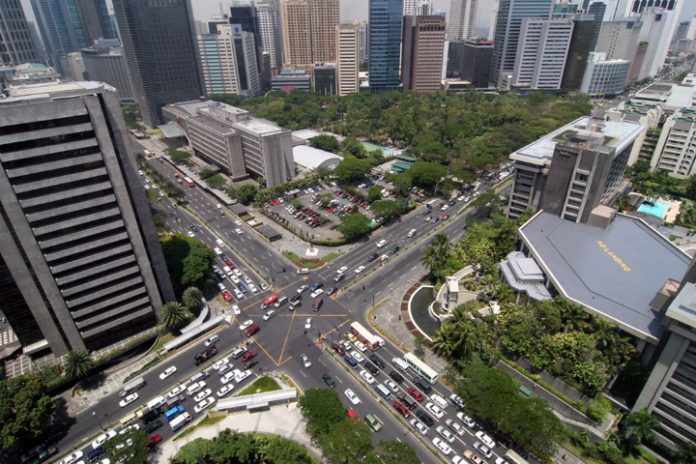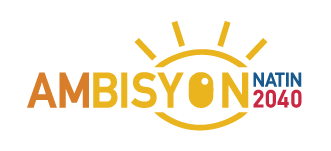Cai Ordinario (BusinessMirror)

The Asian Development Bank (ADB) on Thursday urged the Duterte administration to deliver on its promise of ushering in the “golden age of infrastructure” in the country, so that GDP could grow by at least 7 percent.
Based on the ADB’s latest Asian Development Outlook (ADO) report, Philippine economy will expand by 6.4 percent this year and 6.6 percent next year. These projections, however, are lower than the 7-percent to 8-percent GDP growth target of the Duterte administration for 2017 and 2018.
The Manila-based multilateral development bank said the Philippines is the only country in Southeast Asia that could grow slower this year.
“The government’s infrastructure investment is actually the cornerstone of the economic prospect in the Philippines,” ADB Philippine Country Office economist Aekapol Chongvilaivan said in a news briefing at the ADB headquarters in Manila.
Chongvilaivan said rising oil prices and the protectionist stance adopted by many countries will increase commodity prices and global trade uncertainties, which would pose a threat to the country’s economic growth, particularly this year.
The rollout of more infrastructure projects would help cushion the impacts of these threats to sustaining the country’s high economic growth.
The ADB’s forecast assumes that at least 70 percent to 80 percent of the government’s projects in 2017 and 2018 will be implemented. Chongvilaivan said ramping up infrastructure spending to 7.4 percent of GDP will ensure that the Philippines would continue to enjoy high economic growth.
ADB Philippine Country Office Principal Country Specialist Joven Balbosa said apart from just meeting its GDP targets, spending for infrastructure projects will also fill up the gap in the country’s fiscal capital.
Balbosa said fiscal capital is one of the key components in propelling middle-income countries like the Philippines to high-income status.
The report noted that among the middle-income countries in Developing Asia, the Philippines has been in stuck in its income status for 42 years.
There are three other middle-income countries in the region—Thailand, which has been classified as a middle income country for 39 years; Indonesia, 31 years; and China, 23 years.
“[A recent ADB report said the]annual (infrastructure) spending of 7 percent to 9 percent should be the norm. The Philippines going from less than 2 percent to 5 percent and the target of 7 percent is actually aligned with that kind of norm,” Balbosa said.
While these infrastructure plans are well and good, University of Asia and the Pacific economist Victor Abola said he does not think the government has enough absorptive capacity for the kind of infrastructure spending it envisions.
Abola said the government needs to recruit more “competent” government employees who will be able to help implement publicly-funded infrastructure projects.
But, the hiring process will take time, even if government salaries have been raised. Also, it would take longer for this to have an impact on the government’s absorptive capacity.
“We will have to look at the last half or last two years of the Duterte administration for the impact on absorptive capacity. But, we have enough ongoing projects to enable us to still grow 7 percent annually,” Abola told the BusinessMirror.
While he remains less confident about the projects to be implemented by the Department of Transportation, Abola said its big-ticket projects like the MRT-7 and Cebu airport will boost infrastructure spending and economic growth.
The Duterte administration has yet to roll out its infrastructure projects. Most of the new projects are still being reviewed by the National Economic and Development Authority.
ADB forecasts GDP growth in Asia and the Pacific to reach 5.7 percent in 2017 and 2018, a slight deceleration from the 5.8 percent registered in 2016.
Southeast Asia is forecast to accelerate further, with nearly all economies in the region showing an upward trend. The region will grow 4.8 percent in 2017 and 5 percent in 2018, from the 4.7 percent recorded last year.
